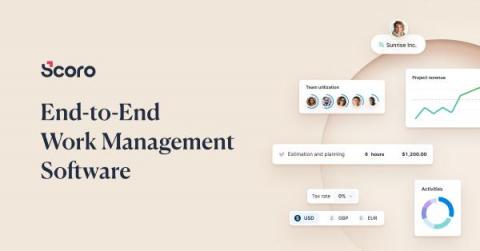Contact Center Strategies: From Multichannel Engagement to Automation
Contact centers use omnichannel strategies for managing inbound and outbound communications, including voice, live chat, text, email, video, social media, and virtual agents.










